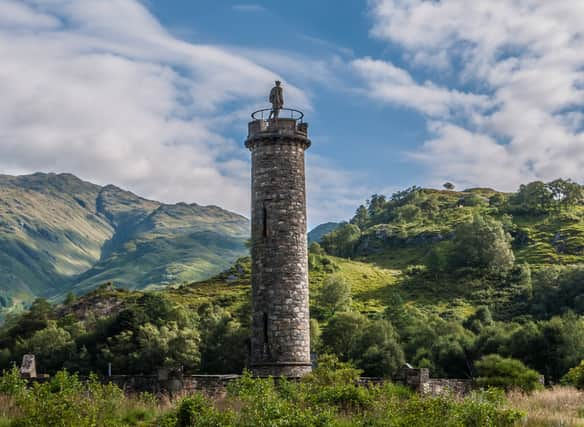There are 6 World Heritage Sites in Scotland, these include St Kilda, Edinburgh’s Old and New Towns, New Lanark, the Antonine Wall, the Heart of Neolithic Orkney and most recently the Forth Bridge.
As Nature Scot puts it, a World Heritage site is recognised as such for being “an area with natural and/or cultural heritage of outstanding universal value” and Scotland has no shortage of sites that represent tremendous cultural and historical significance which is why it has earned other UNESCO nominations previously.
After we asked you, our Scotsman readers, ‘What Scottish sites do you think deserve UNESCO status?’ you offered a wealth of responses that we’ve compiled into the following.
Here are 9 Scottish locations that could be UNESCO World Heritage Sites according to Scotsman readers.
After we asked you, our Scotsman readers, ‘What Scottish sites do you think deserve UNESCO status?’ you offered a wealth of responses that we’ve compiled into the following.

9. Cairngorms National Park
The Cairngorms are Great Britain’s largest national park and are a unique patchwork of habitats, protecting some of the UK’s most endangered species, including the wildcat. The mountain range is also the most southerly site in Europe visited by the Arctic Snow Bunting. As well as being a haven for wildlife, the national park is home to a large portion of the native Caledonian Forest, an ancient expanse of Caledonian pine trees. This importance to native flora and fauna would make the Cairngorms National Park warrants World Heritage status. Photo: Richard Paksi from Getty Images


